Spray tans can be acquired either at a tanning salon in a booth or with a hand sprayer. People can also buy tanning solutions at the grocery store or drugstores. The tanning formulas contain the active ingredient dihydroxyacetone, or DHA, along with a host of other ingredients that serve purposes ranging from moisturizing skin to preserving the tanning solutions.
DHA
Dihydroxyacetone, or DHA, is the ingredient that creates the tanning effect. When put on skin, DHA reacts with amino acids and proteins on the skin’s surface layer and causes the surface layer of skin to oxidize, creating a “tan.” The tan presents within two to three hours. Peak color is reached in 24 hours. DHA is derived from sugar cane and has a long history of safe use, according to Paula Begoun, author of “The Original Beauty Bible.”
Aloe
Aloe vera is in many spray tanning solutions. Aloe has been used traditionally as a skin-healing aid and can be found in hundreds of cosmetic products, according to the National Center for Complementary and Alternative Medicine. There is not enough scientific evidence to conclusively support aloe’s benefits, though some preliminary studies show aloe gel might aid in healing burns and abrasions, according to NCCAM. When mixed into cosmetic products, its healing qualities are likely diluted or nullified, though aloe may still help bind moisture to skin, according to Begoun.
Witch Hazel
Witch hazel is found in some tanners as well. Witch hazel may have potent antioxidant properties and also can reduce inflammation, but also can be a skin irritant if applied often because it has an alcohol content of 70 to 80 percent, according to Begoun.
Propellant
The propellant used in some spray tans is called dimethyl ether. This colorless gas is commonly used in aerosol products. It can irritate the skin, and is toxic if inhaled.
Humectants
There are many water-binding agents, or humectants, that help skin retain moisture that may be used in spray tanners. Glycerin is among the most common. Glycerin is created with the hydrolysis of fats and oils. Methyl Gluceth-20 is another humectant often used to combat dry skin. It is less tacky than other water-binding agents. Propylene glycol is an aliphatic alcohol that works as a humectant as well as a solvent for fragrances and preservatives. Sodium PCA is a sodium salt with pyrrolidone and carboxylic acid that has natural moisturizing components. It also holds several times its weight in water.
Preservatives
Several preservatives are common as well. Phenoxyetanol is one of the less irritating preservatives that can be used. Methylparaben and propylparaben are common as well, and are used in a host of cosmetic products, including makeup. Propylparaben has anti-fungal as well as anti-microbial properties. Methylparaben has anti-microbial as well as anti-irritant properties. Both methylparaben and propylparaben also are authorized by the FDA as synthetic flavoring substances for food, according to RealSelf.com.
Stabilizer
Disodium EDTA, or ethylenediaminetetraacetic acid, is used as a stabilizer. It prevents ingredients from binding with trace elements in water and with other ingredients. Such binding can cause undesired changes to the odor, texture or consistency of a product.
Other Ingredients
Citric acid is used in some spray tanners to adjust the pH. This organic acid occurs naturally in citrus fruits. Ethoxydiglycol may be used as a solvent. It’s used to dissolve or break down some of the other ingredients in the formula. Dipropylene glycol is a synthetic product that can aid in skin penetration of the spray tanner.
Related Articles

Merle Norman Ingredients

What Is Glycerine Used For?

UV Tanning Vs. Spray Tanning
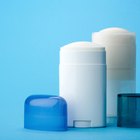
Difference Between Body Spray & ...

Palmolive Shampoo Ingredients
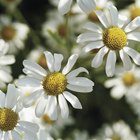
Chamomile Essential Oil Benefits
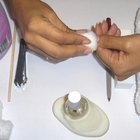
Ingredients of Fingernail Polish Remover

What Are the Benefits of Extrapone ...
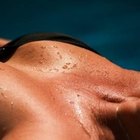
Dangers of Spray on Tan

Ingredients in Aftershave
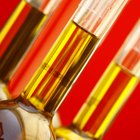
Jojoba Oil Benefits
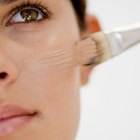
Ingredients in Maybelline Foundation

Neutrogena Ingredients
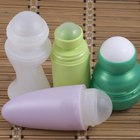
The Disadvantages of Deodorants
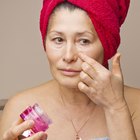
Ingredients in StriVectin SD

What Is Aloe Good For?

Makeup Primer vs. Lotion

Properties of Bentonite Magmas

Alum as an Ingredient in Wrinkle Cream

How to Make a Spray Tan Last
References
Resources
Writer Bio
Linda Tarr Kent is a reporter and editor with more than 20 years experience at Gannett Company Inc., The McClatchy Company, Sound Publishing Inc., Mach Publishing, MomFit The Movement and other companies. Her area of expertise is health and fitness. She is a Bosu fitness and stand-up paddle surfing instructor. Kent holds a bachelor's degree in journalism from Washington State University.